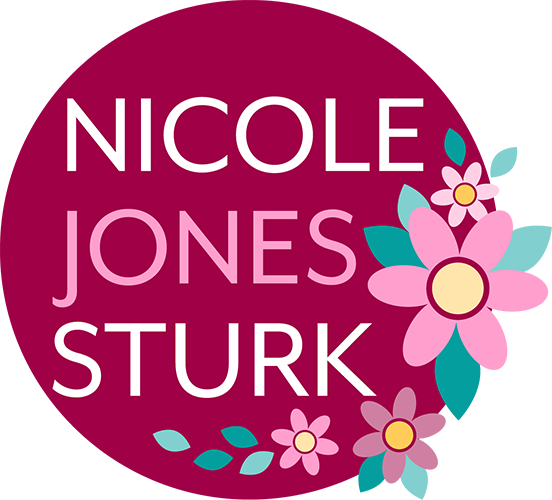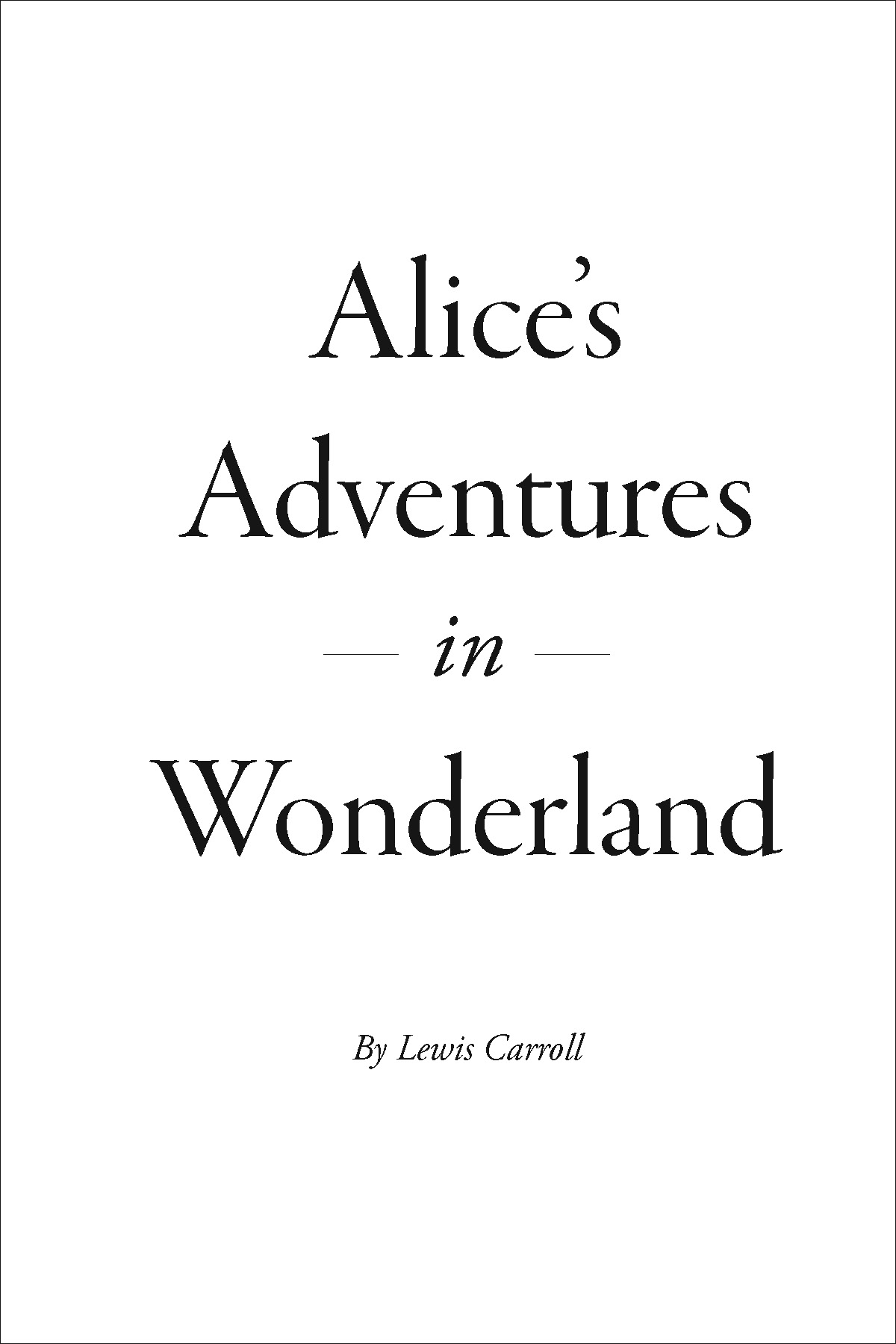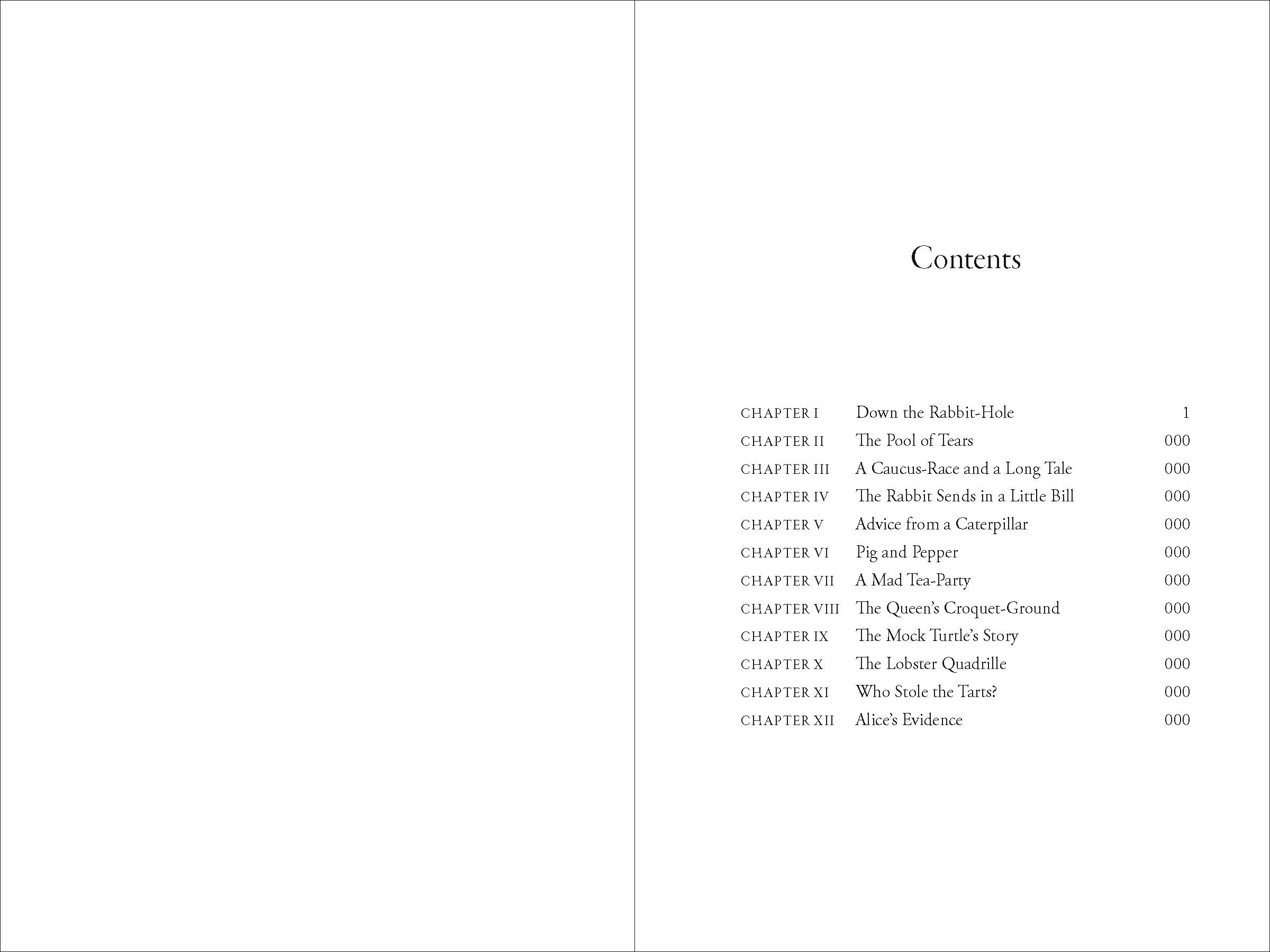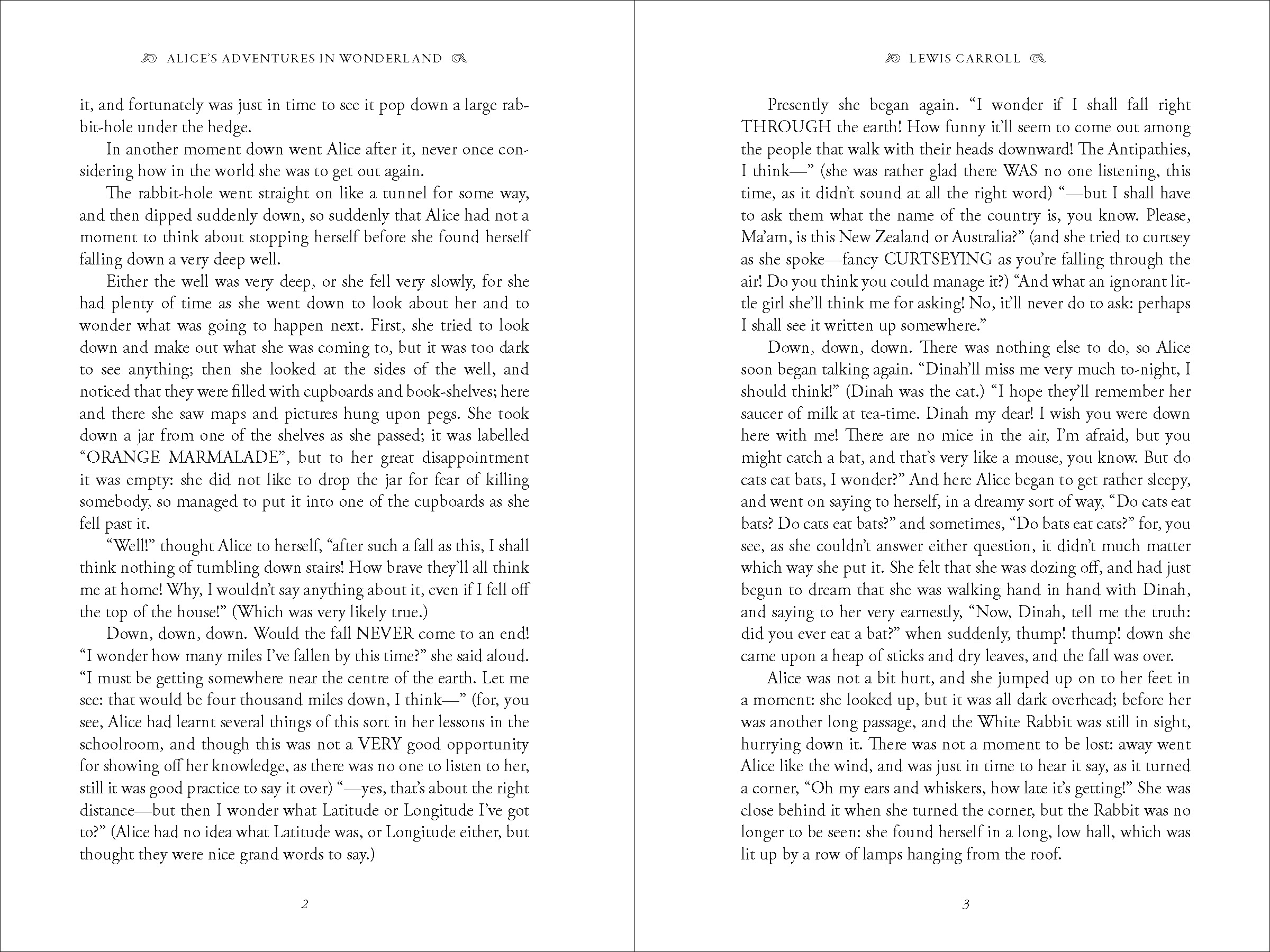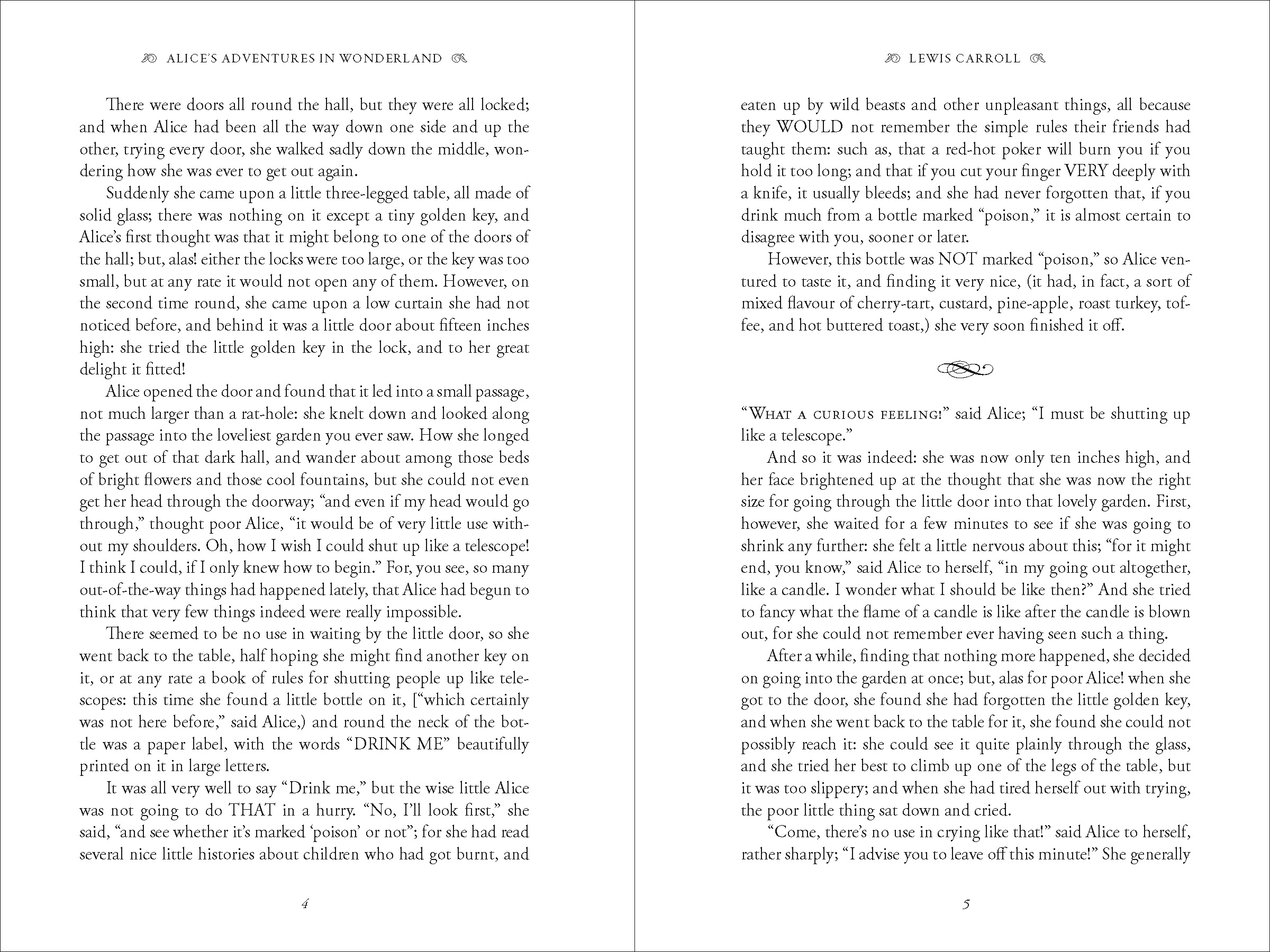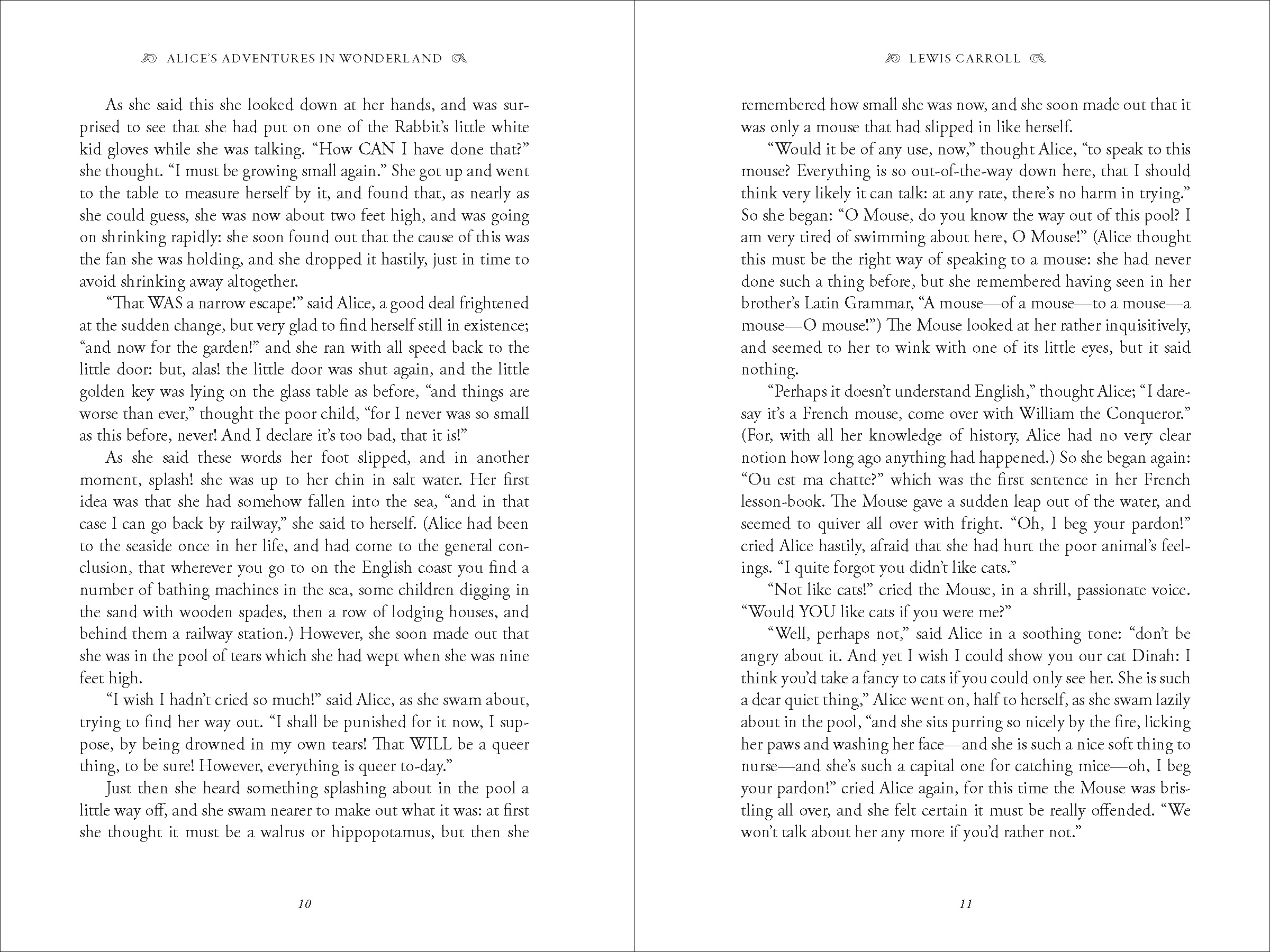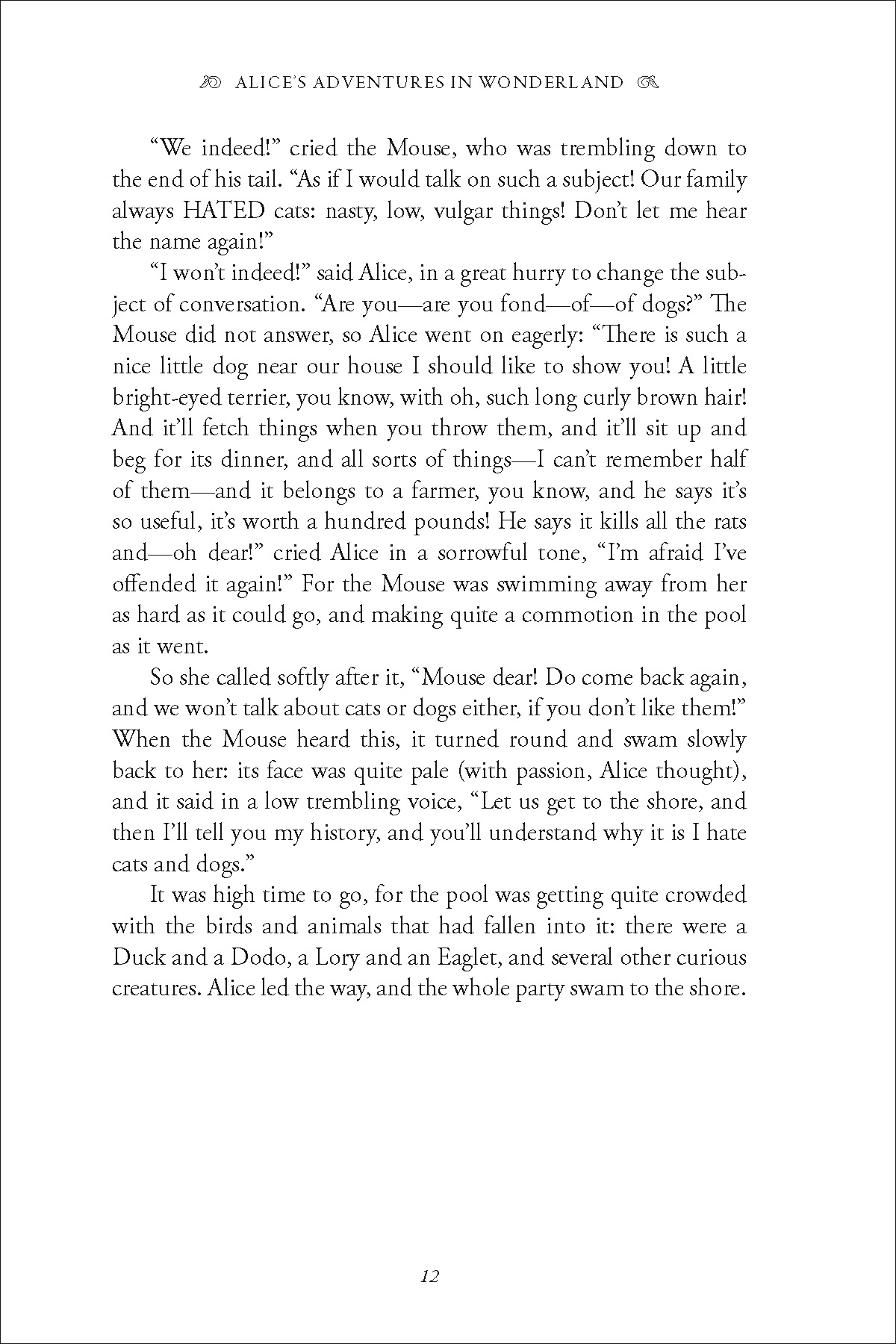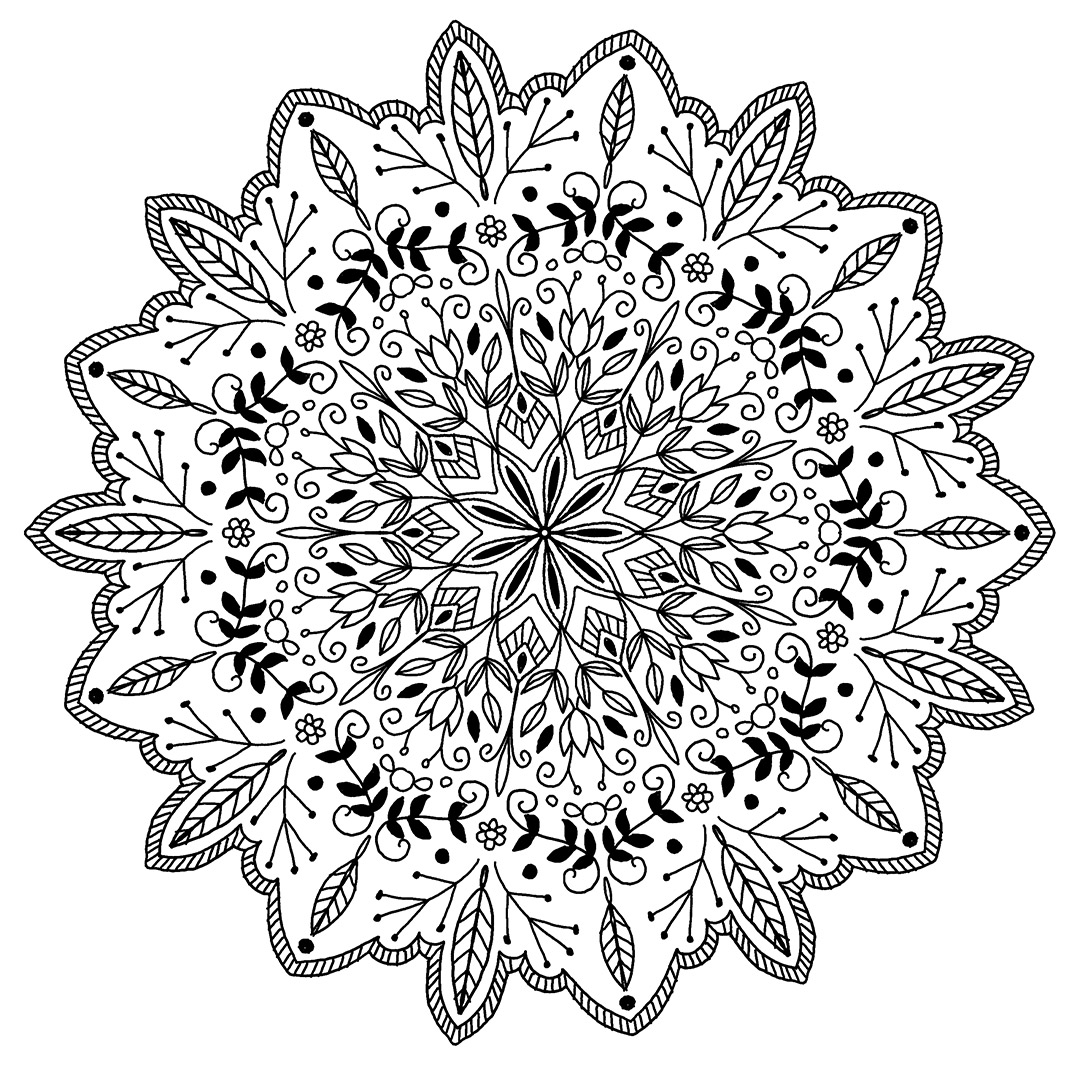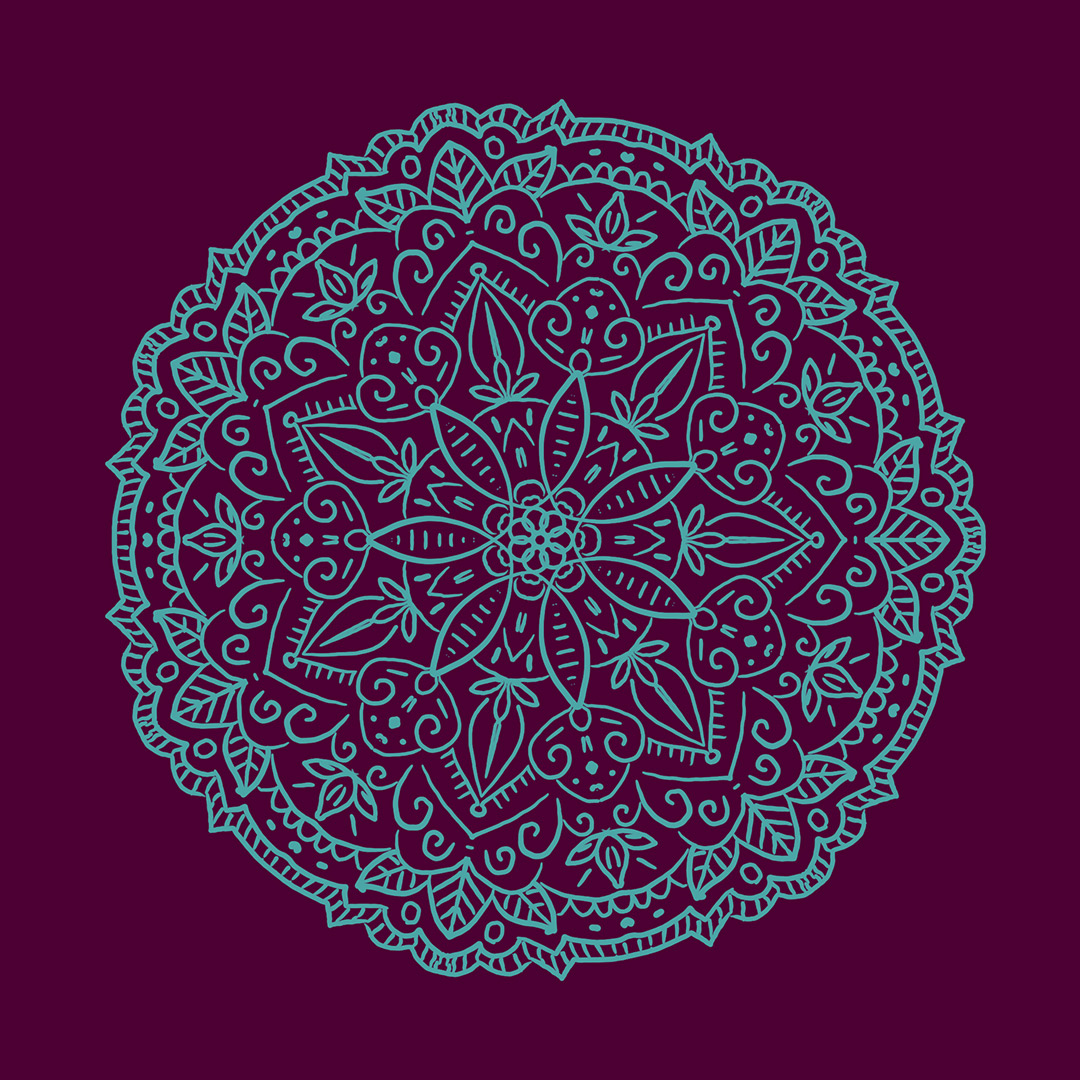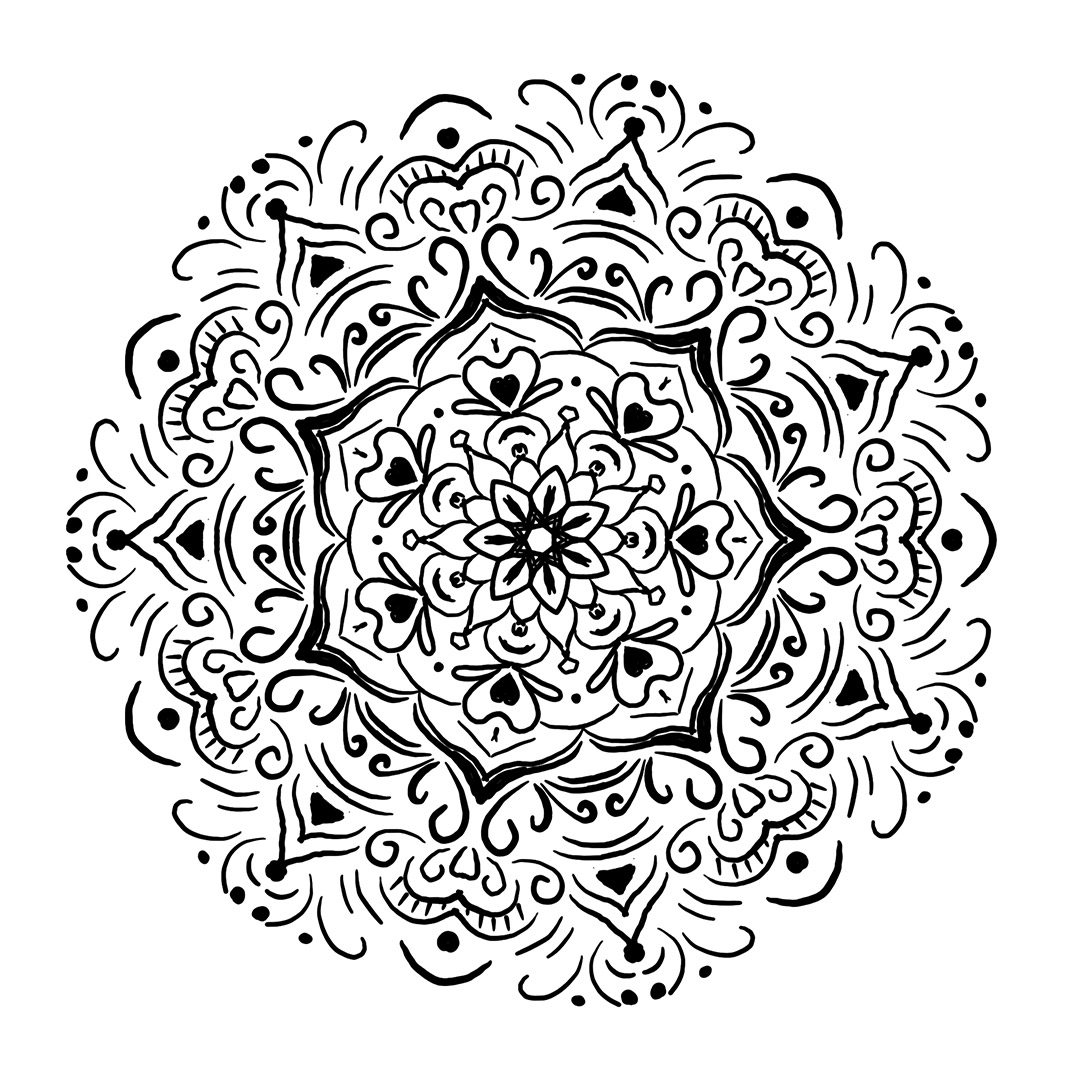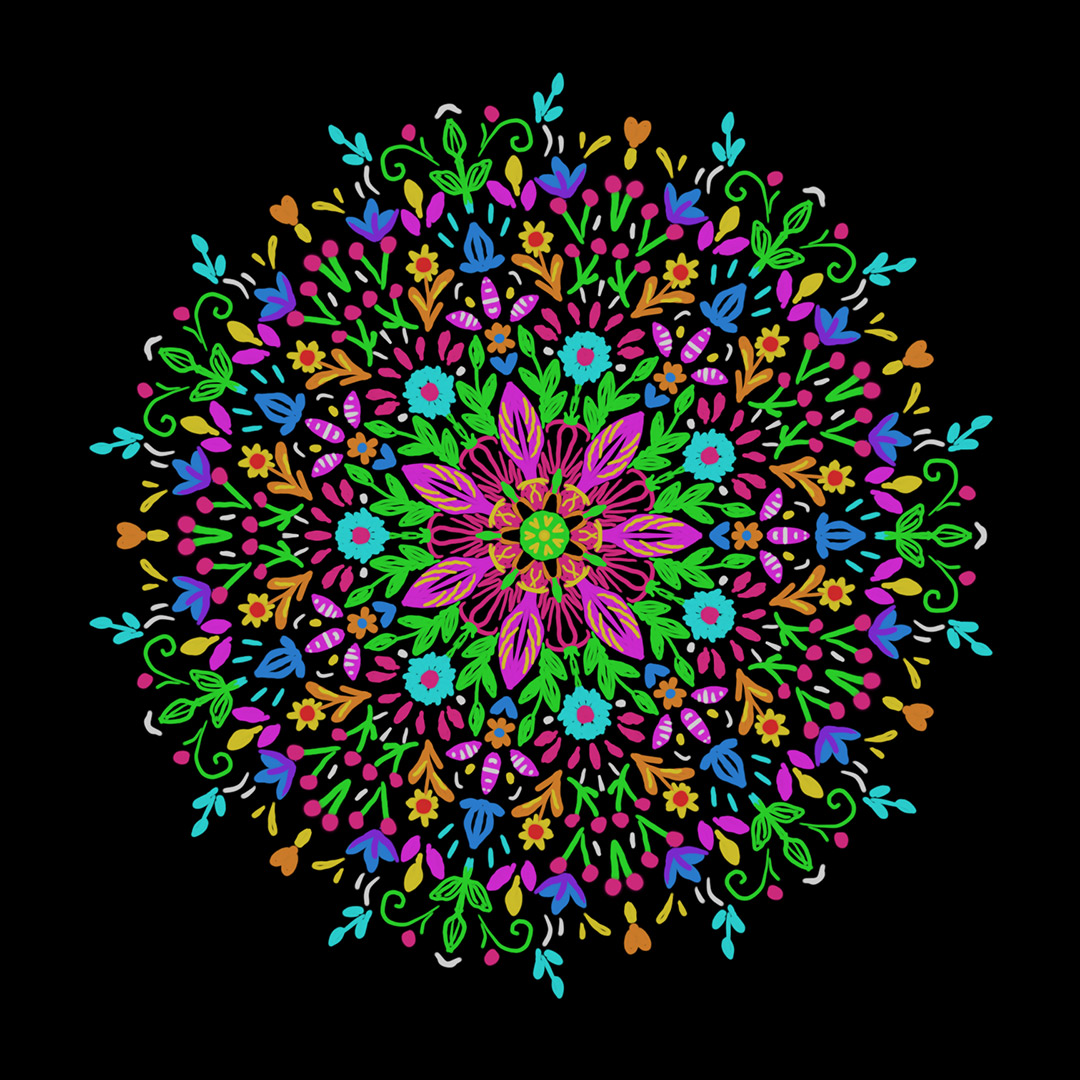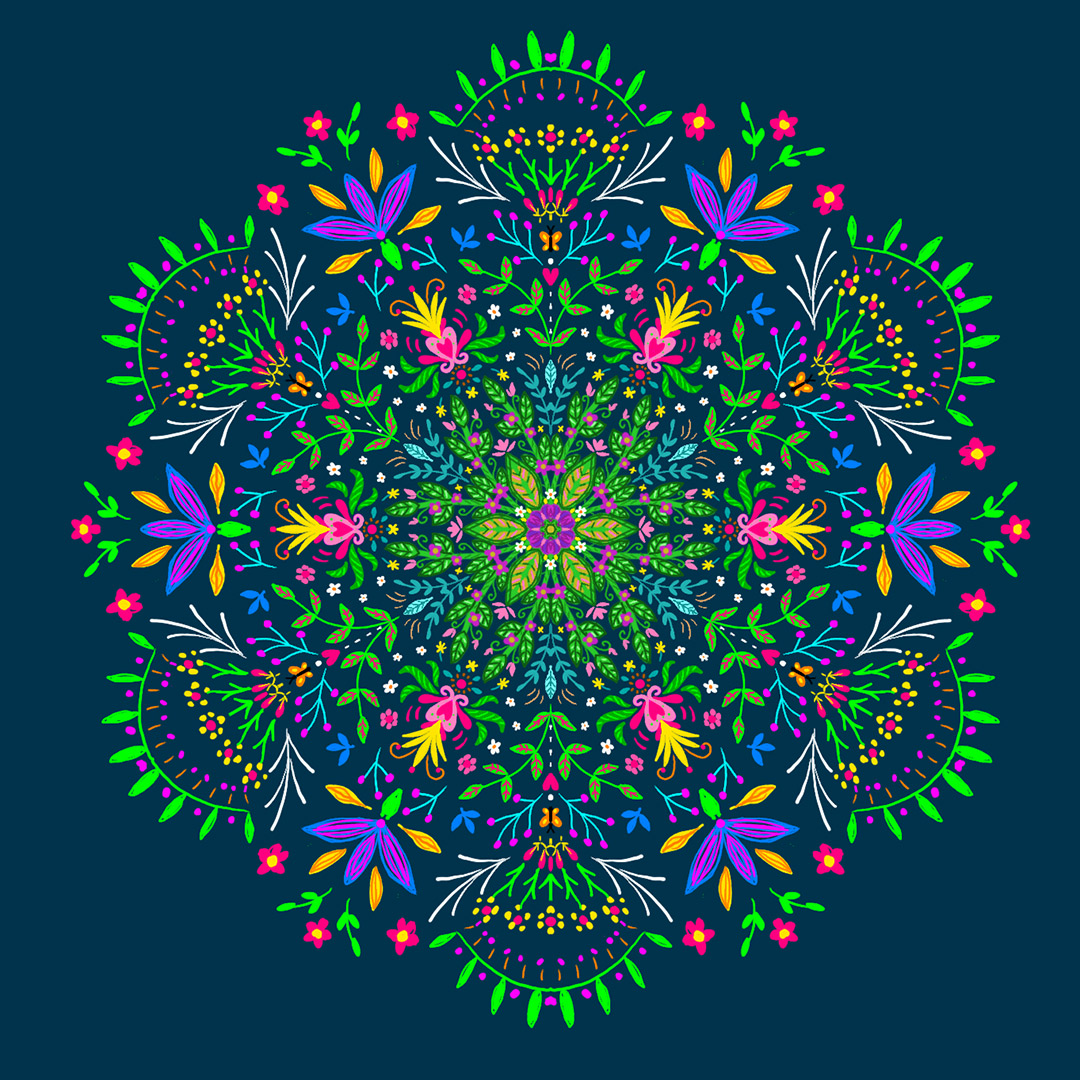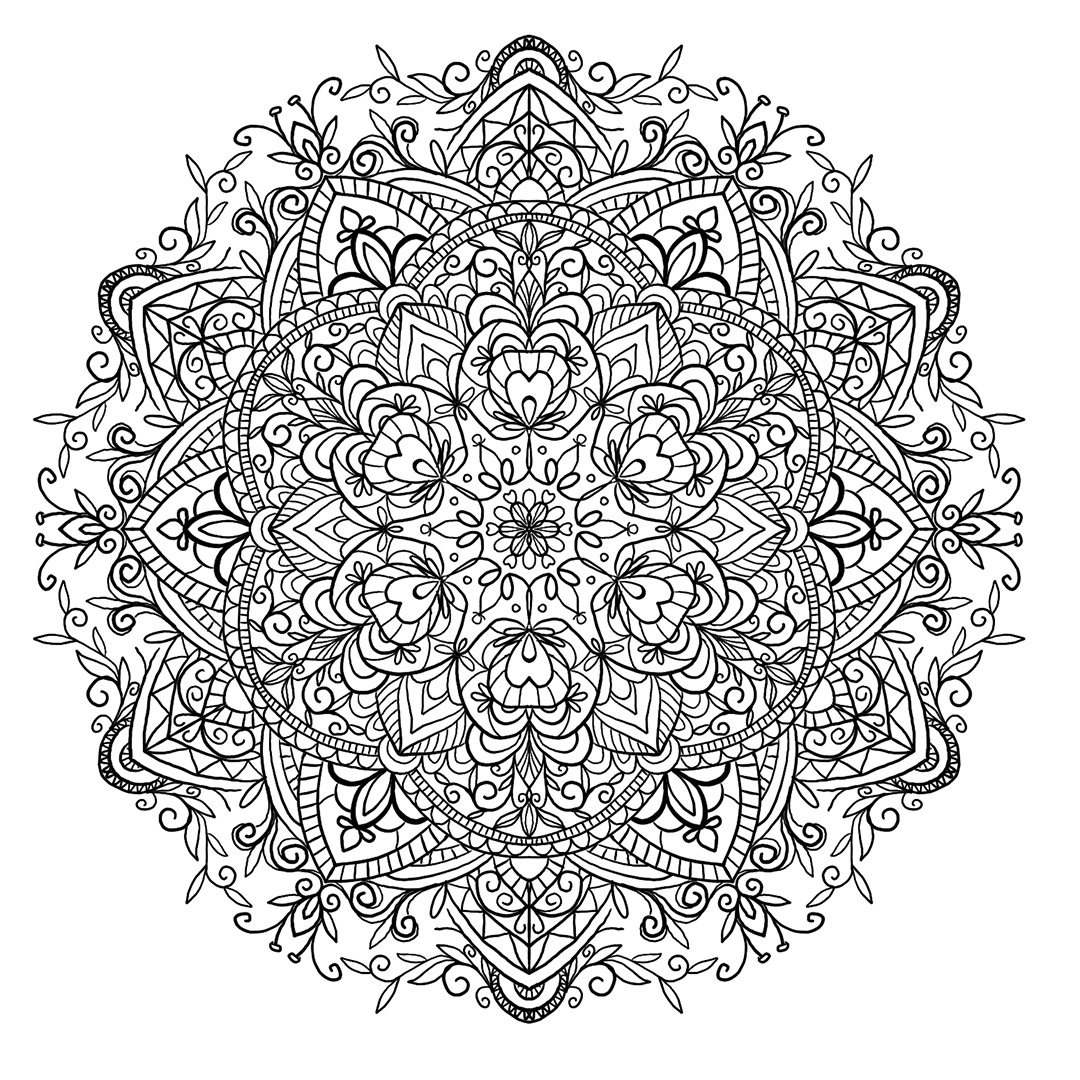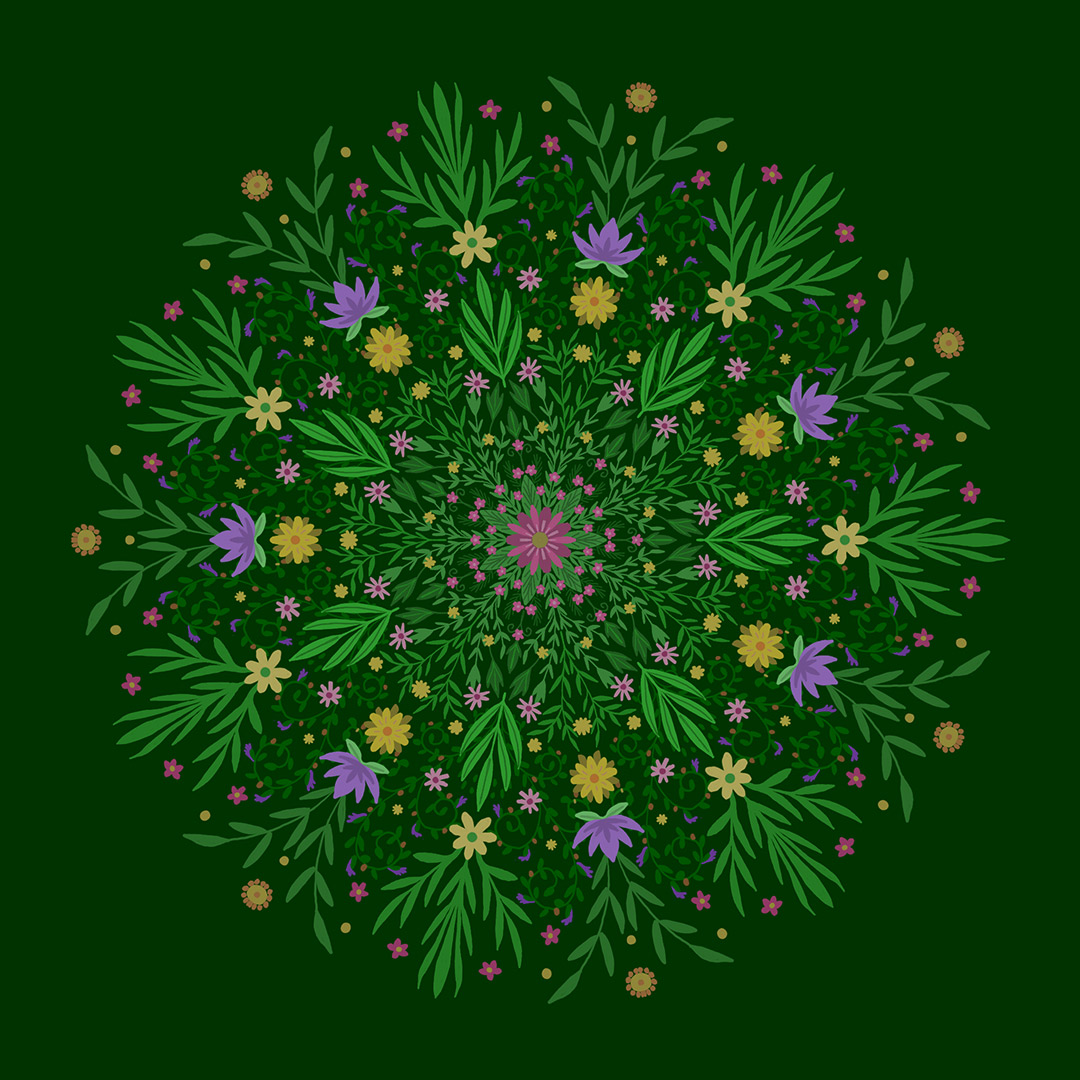I’ve really been working hard on my portfolio and building up my illustration career. I’m partway there. I’ve had a few good illustration jobs come my way in the past few years since I started freelancing—including picture books, adult coloring pages, web images, craft stencil and embroidery designs, and hand-lettered quotes. I feel truly blessed that I can occasionally get paid to make art!
It’s easy to get discouraged, though. Despite working for years towards this goal of making a living as a full-time artist, and even though I feel I’ve grown a lot, it’s like a never-ending journey. With the heavy competition out there, it seems like my work will never get seen, or that my portfolio will NEVER be good enough.
One piece of feedback I’ve received recently is that I need to develop my collections. By that, I mean that I need more groups of coordinating art rather than just a bunch of individual, stand-alone pieces. This is especially important if I want to start licensing my art for use in commercial products (i.e., fabric, stationery, craft supplies, housewares, etc.), which I would LOVE to do. Potential customers need to be able to visualize your art on their products, so having pieces that go together, as well as a variety of formats, is key.
I’ve dabbled in collections before in my surface patterns, and I’ve made some attempts to expand on some of them by making coordinating illustrations and such. Upon further research and reflection, however, I see just how much I am lacking in this area. I think I struggle a little with focusing my attention on one thing for too long. I just like to keep moving from one idea to the next! So, I have more learning to do, as always.
Similarly, if you're looking to get into narrative illustration (such as children's picture books) this idea still applies. In this case, your "collections" would be groups of illustrations showing the same story, character development, and so forth. This is something I would also like to work on, but for now, I've decided to focus on the licensing aspect. I’ve resolved to go back and revisit some of my past work and flesh them out into full collections. In addition, I’ll work my monthly project into this by building a new collection from scratch...
I know it's a bit late in the month to be introducing my monthly project, but if you've been following along on Instagram, you'll know that I've already started. I've been getting a jump on developing some holiday designs. (Christmas in July!) So this collection I will be creating will be seasonal. I would like to include:
- a moodboard
- at least 4 full illustrations
- a few spot illustrations
- some coordinating surface patterns
- one or two hand-lettered phrases
- some isolated decorative elements (flourishes, borders, etc.)
- a lookbook with the collection title, description, color palette, art, and mockups
This is going to be a huge undertaking—bigger than any of my previous projects. It might take past this month to get this one done, and it won't stop with just this collection. Going forward, I think this is the route I need to be going with my art. I’m determined to improve and can’t wait to go through this process!
Sincerely, Nicole
